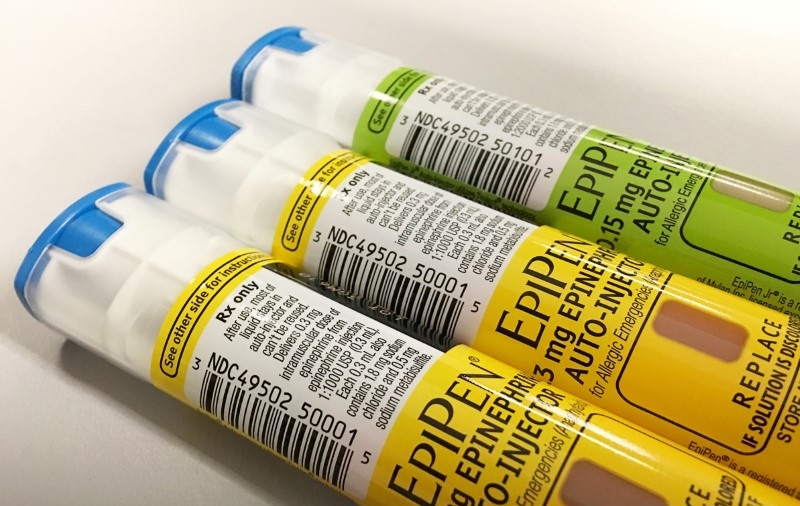Drug companies have only been required to include the side effects of their drugs in advertisements, but a new rule will now also require them to disclose their list price, says the Trump administration.
By this summer, drugs with a monthly price of $35 or more will have to include the list price if covered by medicaid or medicare. The rule is part of the American Patients First (APF) blueprint, introduced by President Donald Trump and the Secretary of Health and Human Services Alex Azar.

“Right now, you don’t know if a drug costs $50 or $5,000 when the company asks you to go in and see your doctor,” Azar said outside the White House. “Now, you can have an informed discussion with your physician, also about other affordable options.”
Ten of the most advertised drugs exceed a price of $35. The top 10 range from $488 to $16,938 per month, according to the department’s press release.
Prices of pharmaceutical drugs, including insulin, have sharply increased since the 21st century. The Washington Post reported that prices rose about 57 percent on average between 2006 and 2014.
Prescription drugs with no generic equivalent rose by 142 percent in the same time period, the report said.
Blueprint for Transparency
The APF blueprint was introduced last year with the aim of helping patients by raising the transparency of drug prices. It consists of four strategies: “boosting competition, enhancing negotiation, creating incentives for lower list prices, and bringing down out-of-pocket costs,” the department said.

With prices to be listed in commercials, not only will patients know the price of their treatments, but companies will have incentive to compete. The list price matters to Americans as “47 percent of Americans have high-deductible health insurance plans.”
This is not the first move the Trump administration has taken to put the country’s patients first.
In March, the drug dashboard of the Centers for Medicare & Medicaid Services was updated. Now, patients can see which drug manufacturers are raising the price of their drugs.
The new rule will be in effect as early as this summer.
Diabetics Have No Choice When Prices Go Up
“Insulin is a life-or-death drug for people with diabetes. Many people can’t afford the price hikes but can’t afford to stop taking the medication either,” stated former Minnesota Attorney General Lori Swanson, in a press release that is no longer found available.
Swanson filed a lawsuit against three major insulin manufacturers in the United States after prices more than doubled since 2011. The manufacturers are Eli Lilly and Co., Sanofi-Aventis U.S. LLC, and Novo Nordisk, Inc.

For example, in 2012, the cost for insulin from Levemir was $120.64 for 100 units per milliliter vial, and in 2018, the price was increased to $293.75. In 2011, Humalog insulin went from $122.60 for 100 units per milliliter vial to $274.70 by 2017, the release said.
Swanson claims these companies have “deceptively raised the list prices of insulin, making it less affordable to patients in high deductible health plans, the uninsured, and senior citizens on Medicare.”
In order for drug companies to have their medications listed in formularies—a list of approved drugs that policyholders can take—they have to go through pharmacy benefit managers (PBMs) who are hired by health plans and are responsible for negotiating prices with the drug companies.

According to Swanson, PBMs get paid in part by the spread between the list price of the drug and the net price—the price paid by the health plans after rebates. Drug companies, in order to be favored by the PBMs, then raise their list price, and lower the net price on the medication. The net price is confidential.
So by drug companies creating this spread between the list price and the net price, those who are uninsured, in high deductible health plans, or on Medicare, may end up paying the list price, explains the release.
Swanson’s lawsuit alleges that “the list prices the drug companies set are so far from their net prices that they are not an accurate approximation of the true cost of insulin and are deceptive and misleading.”
According to CBS News, Eli Lilly and Company said that the lawsuit’s claims were without merit. Novo Nordisk said it’s “committed to ethics and compliance,” while Sanofi said it “provides significant rebates” but that “unfortunately, it seems these savings are not consistently passed through to patients in the form of lower co-pays or coinsurance.”
The lawsuit was filed in the District of New Jersey on Oct. 16.


